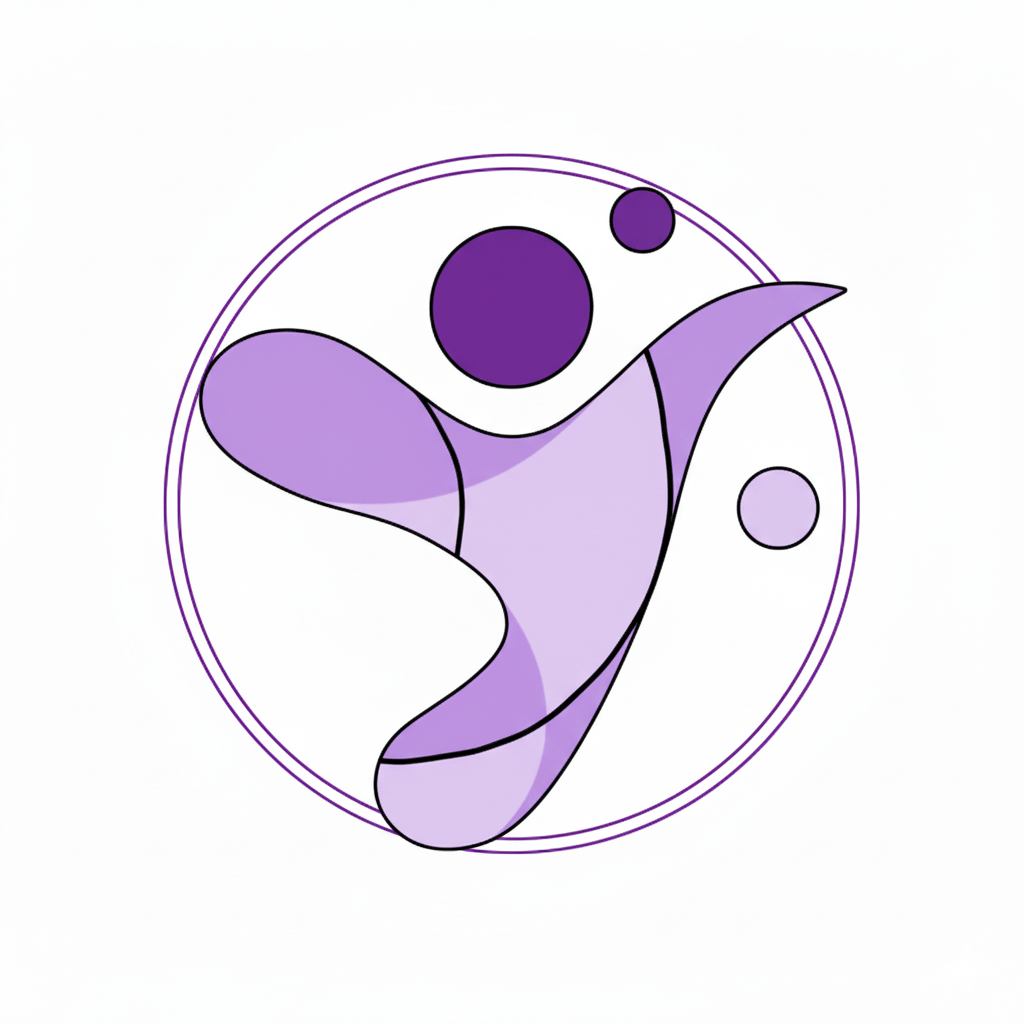What Are the Best Low Impact Exercises with Fibromyalgia for Effective Pain Relief?
Fibromyalgia can feel like an uphill battle, with widespread pain, fatigue, and tenderness that often disrupt daily life. While medications and therapies are important, incorporating low-impact exercise into your routine can significantly improve your well-being. To help you navigate this journey, The Ultimate Fibromyalgia Flare Management Toolkit offers expert guidance and practical exercises tailored specifically for fibromyalgia.
Understanding Fibromyalgia and Its Challenges
Fibromyalgia affects millions worldwide, causing heightened sensitivity to pain, fatigue, sleep difficulties, and cognitive challenges known as “fibro fog.” This cocktail of symptoms can make staying active feel daunting, often leading to a cycle of inactivity and worsening pain.
However, research shows regular low-impact exercise can reduce pain levels by up to 30% over a few months. It also enhances mood, promotes better sleep, and improves overall quality of life.
Why Low-Impact Exercises Matter for You
Low-impact exercises are gentle on your joints and muscles, helping to increase flexibility, strength, and endurance without causing extra pain. They also come with added benefits like improving sleep quality and reducing stress through the release of mood-boosting endorphins.

Top 7 Low-Impact Exercises for Fibromyalgia Relief
1. Walking
Walking is simple and accessible—start with 5-10 minutes and slowly build up to longer walks. Regular walking has been shown to lower pain and boost mood significantly.
2. Swimming
Water supports your body, reducing joint strain and soothing muscles. Swimming or water aerobics for 20-30 minutes several times a week can decrease fibromyalgia pain by as much as 40%.
3. Yoga
Combining gentle stretching, breath control, and mindfulness, yoga can ease muscle tension and improve flexibility. Practicing yoga several times a week has demonstrated a 20-25% reduction in pain and fatigue.
4. Tai Chi
This flowing, meditative movement improves balance, strength, and relaxation. Studies show Tai Chi practitioners with fibromyalgia experience around 30% less pain.
5. Stretching
Daily stretching reduces stiffness and muscle tension. Focus on major muscle groups with gentle holds to promote relaxation and mobility.
6. Resistance Training
Using light weights or resistance bands strengthens muscles and enhances physical function. Starting slow with 1-2 sessions per week can offer 15-20% improvements in muscle strength.
7. Pilates
Pilates targets core strength, posture, and muscle tone, helping reduce pain and fatigue while boosting body awareness. Regular sessions can leave you feeling more energized.

Tips for Getting Started Safely
Listen to Your Body: Adjust intensity or skip exercises if pain increases.
Start Slow: Begin with short sessions, gradually increasing time and difficulty.
Stay Consistent: Aim for regular activity, even just a few minutes daily.
Set Realistic Goals: Celebrate small victories and progress.
Seek Support: Work with physical therapists or join fibromyalgia support groups.
Take Charge with The Ultimate Fibromyalgia Flare Management Toolkit
Integrating low-impact exercises into your routine can feel overwhelming, but you don’t have to do it alone. The Ultimate Fibromyalgia Flare Management Toolkit provides a clear, supportive roadmap with personalized exercise plans, pacing guides, and flare management strategies designed specifically for fibromyalgia.
By using the Toolkit, you gain confidence to move safely, reduce pain, and gradually improve your quality of life. Empower yourself today to take gentle, effective steps toward better health—your body will thank you.

Trending










